A Quick Guide to AB5
Ariana Barboza
August 10, 2022

In September 2019, California signed into law Assembly Bill 5 (AB5) that presented a new model for worker classification. AB5 introduced the ABC test in California for establishing whether a worker can be classified as an independent contractor.
Under the ABC test, a worker is considered an employee, and not an independent contractor, unless the hiring entity satisfies all three of the following conditions:
A. The worker is free from the control and direction of the hirer in connection with the performance of the work, both under the contract for the performance of the work and in fact.
B. The worker performs work that is outside the usual course of the hiring entity’s business.
C. The worker is customarily engaged in an independently established trade, occupation, or business of the same nature as that involved in the work performed.
The trucking industry has been temporarily exempted from AB5 as The California Trucking Association appealed the new bill in court. However, on June 30, 2022, the Supreme Court rejected this appeal. Now, motor carriers in California are subject to AB5 which threatens the predominant owner-operator model.
Why should I care as a Carrier?
The ABC test implies that any owner-operator who leases on to a carrier, or independent driver who contracts for a carrier, can no longer be classified as an independent contractor. Since the usual course of the carrier’s (the hiring entity) business is to haul loads, and the work these contracted drivers are providing is to also haul loads, this arrangement would not pass Prong B in the ABC test. Carriers now must consider whether to fully employ their drivers or move away from contracting with drivers altogether.
While employing drivers full-time introduces additional responsibilities and costs, it also enables carriers to have more control and peace of mind in running their business. First, with full-time employees, a carrier can more easily assign a driver to a load rather than negotiate with a contractor on a load-by-load basis. Second, full-time employment can provide peace of mind to business owners that their employees have support when they need it. In the event an employee is injured on the job or has an unforeseen medical emergency, a carrier can ensure that they have the resources they need with benefits like medical insurance.
Why should I care as an Owner-Operator?
Owner-operators who currently contract for a motor carrier and do not have authority may find fewer opportunities to work under AB5. As AB5 will likely prohibit motor carriers from contracting with owner-operators to haul loads on their behalf, owner-operators must consider whether to start their own business with their authority, seek employment as a company driver, or run their business outside of California.
1. Getting Authority
Operating authority is your right to legally operate a commercial vehicle to haul goods or passengers for hire. You can apply for operating authority through the Federal Motor Carrier Safety Administration (FMCSA). With operating authority, you have complete independence to haul any load that you want and set your rates. However, as a business owner, you will be responsible for managing back office tasks like bookkeeping, insurance, taxes, billing, and maintaining proper registrations and permits. Getting your operating authority is a good path if you have the ambition to become a business owner and may eventually want to hire drivers one day.
2. Seeking employment as a company driver
If you’re not ready to take the step to get your own authority, then finding a job as a company driver may be the best option. While company driving has gotten a bad rep, the salary has become much more competitive in recent years with the national driver shortage. There are many benefits to being a fully employed driver, namely steady hours and pay, health and retirement benefits, and lower insurance costs. While it may seem like you are getting paid less per load, you are also receiving important benefits like health insurance, tax withholdings, and retirement accounts. Being a company driver also leaves behind the stresses related to back office tasks and dispatching. Tons of carriers are looking to hire new drivers in the current market, and this may be a great option relative to having to leave California altogether.
Stay Up to Date on AB5 in California
While there is still uncertainty over how the state of California will enforce AB5, it does appear that it is here to stay, at least for the near term. Make sure to stay in the know by subscribing to relevant newsletters or following relevant accounts on social media for example.










-min-min-min.png)
.png)

.jpeg)
-min.jpeg)


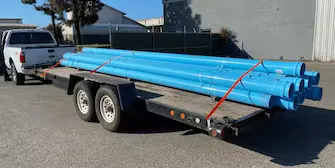
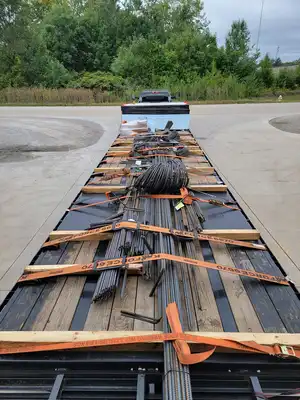


-min.webp)
.webp)



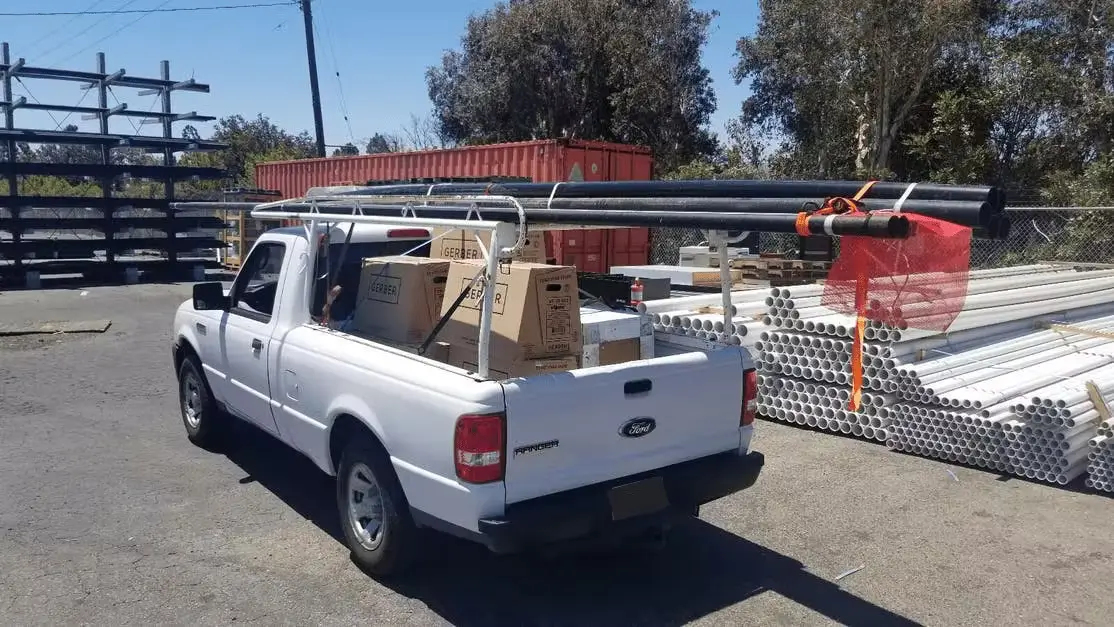

.webp)




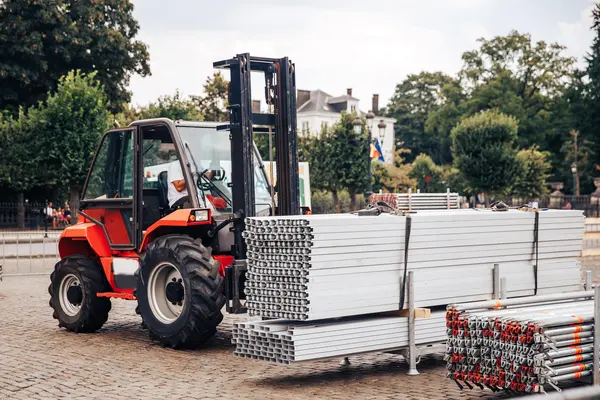
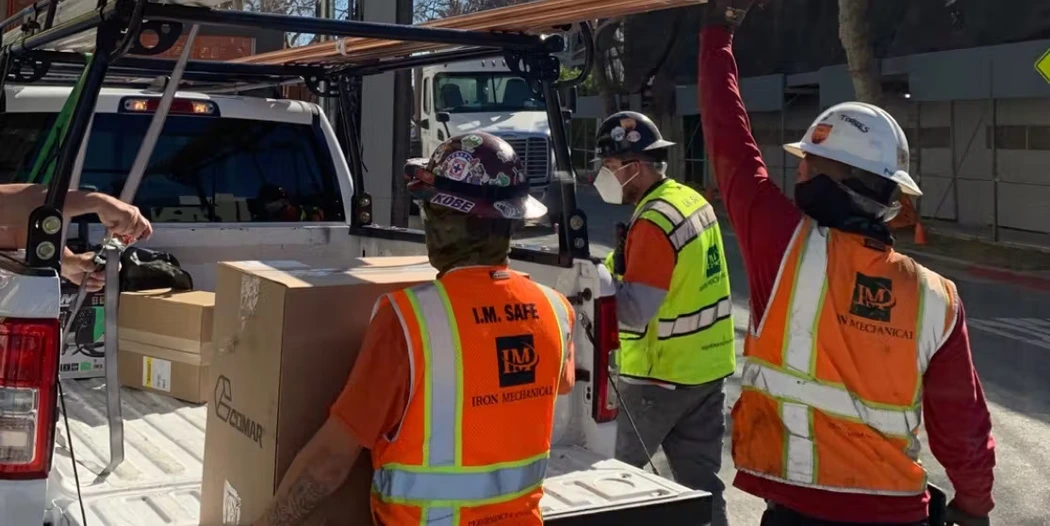






.webp)
-min.webp)


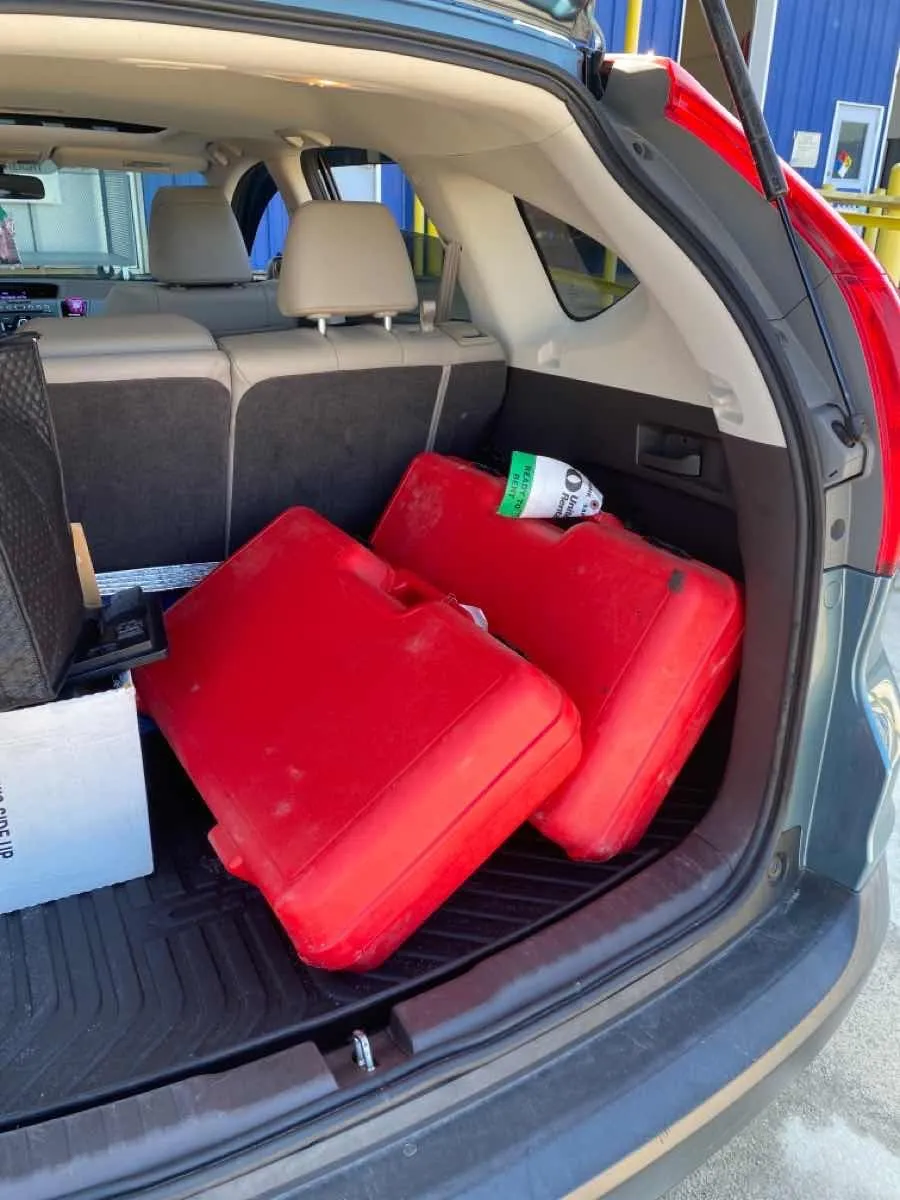
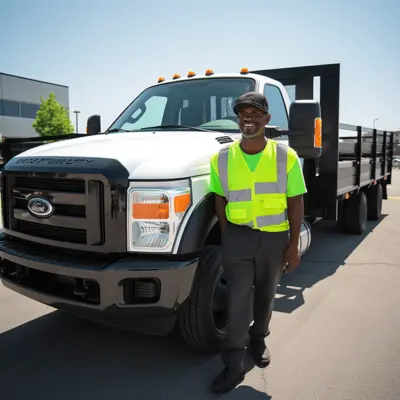
-min%2520(1).webp)





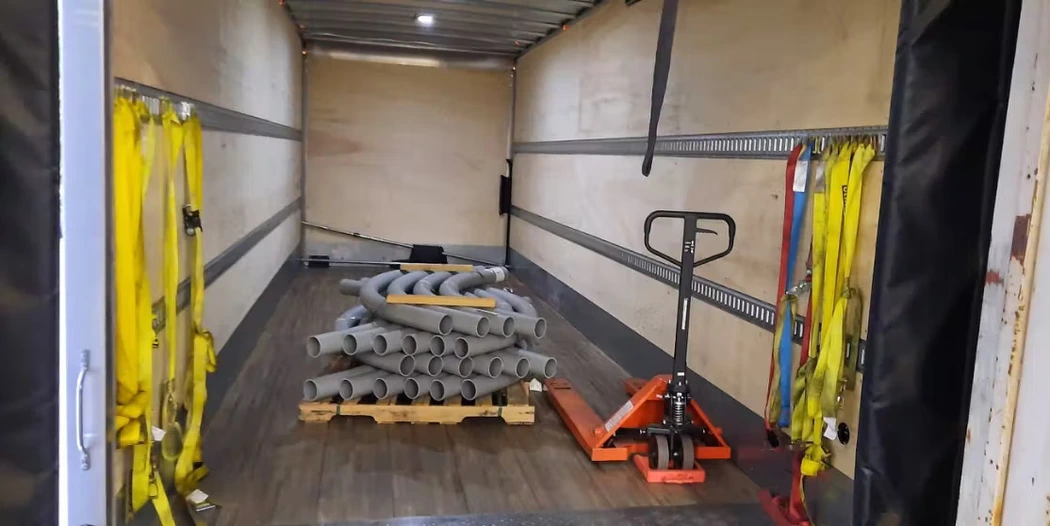
.webp)
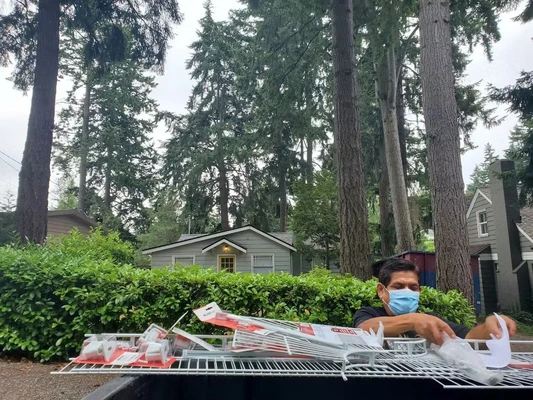



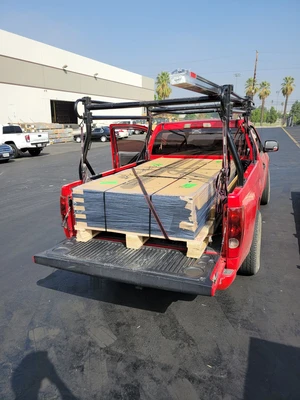
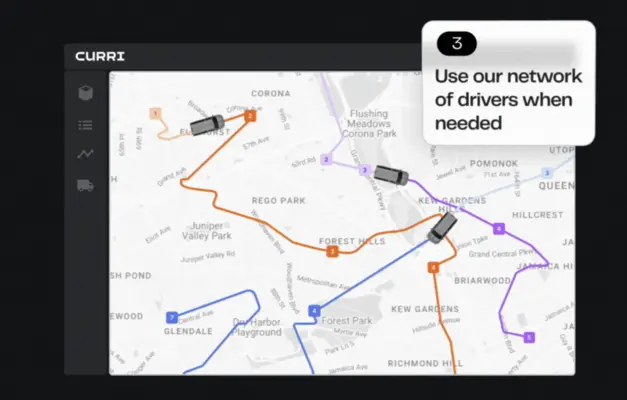


-min.webp)





.webp)
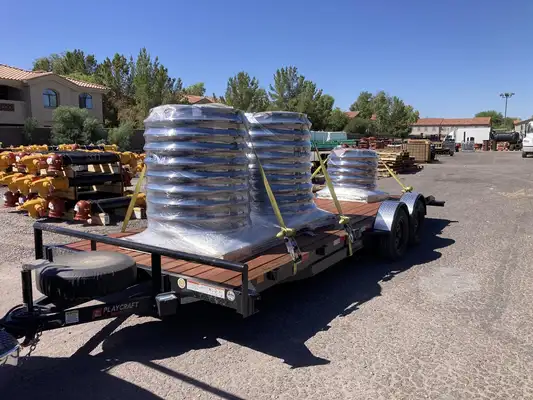
.webp)


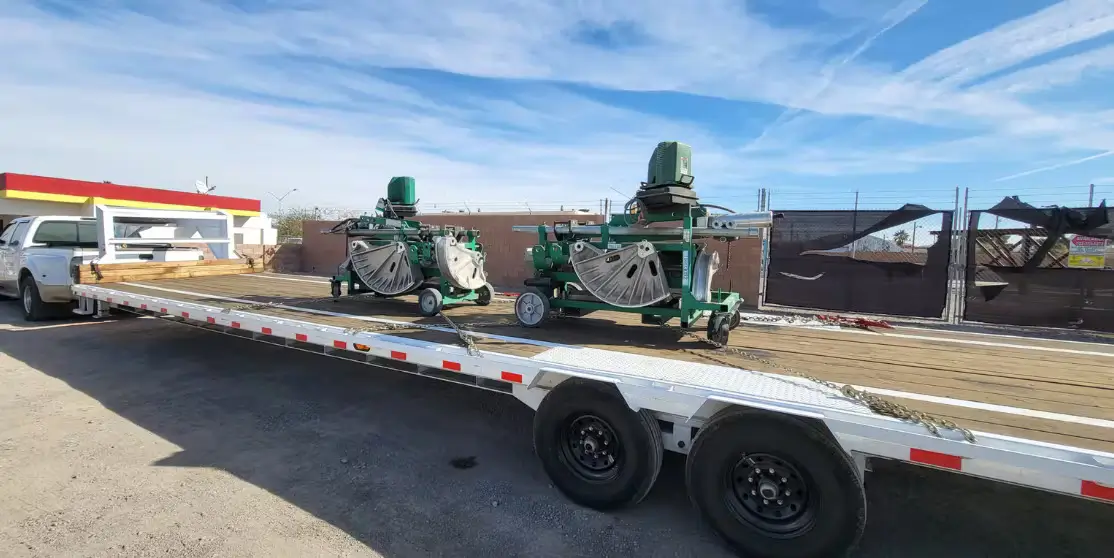
-min.webp)


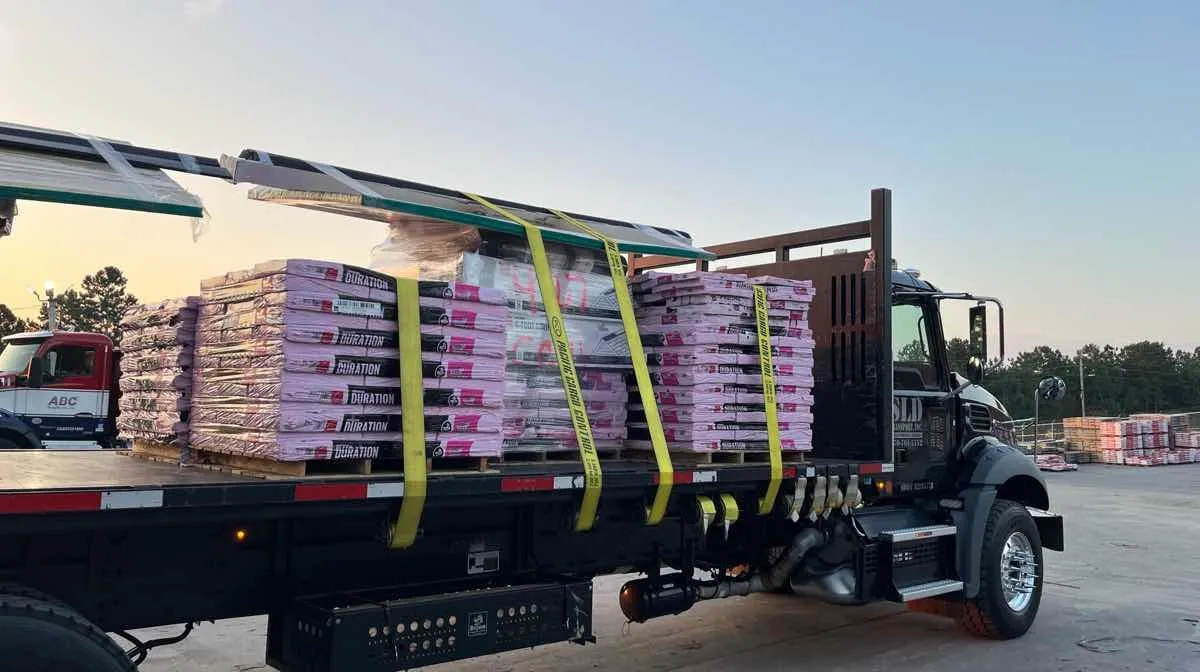
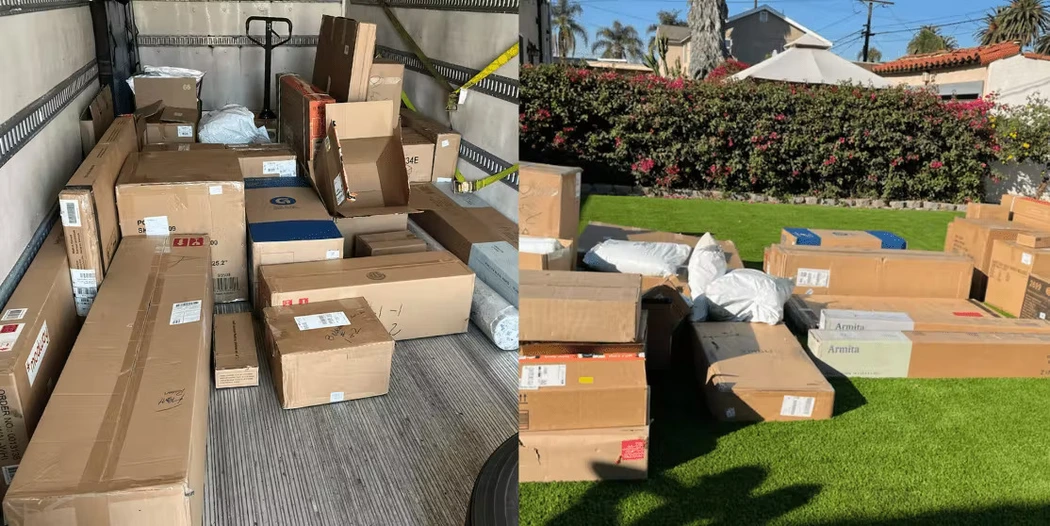
-min.webp)

.webp)
-min.webp)



.webp)

.webp)
.webp)
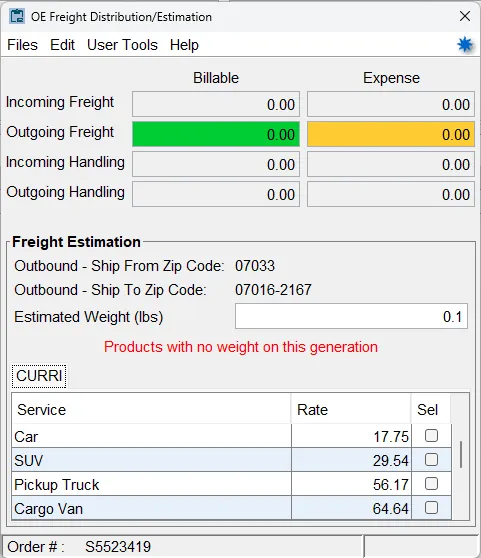
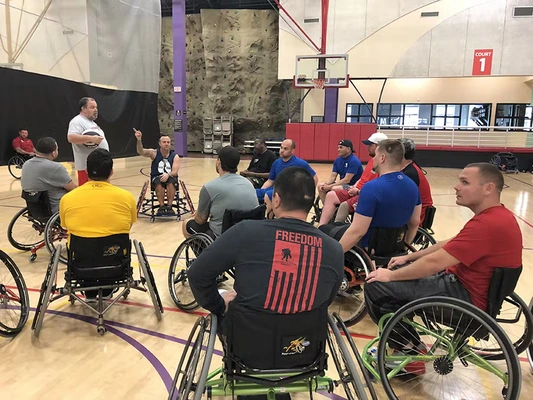
.webp)




-min.webp)

.webp)
.webp)
-min.webp)